Building an immersive fictional world can be one of the most demanding yet rewarding parts of writing, especially for fantasy and speculative fiction authors. Worldbuilding is a fundamental aspect of storytelling, whether you’re writing a novel, developing a tabletop RPG campaign, or creating an immersive game world. With AI-assisted tools, this process becomes more efficient and dynamic, enabling creators to focus on storytelling while ensuring world consistency and depth. The process of creating rich settings, layered characters, and cohesive lore is easier than ever.
Below is a structured guide to leveraging AI in worldbuilding, helping you maintain creativity and originality without being bogged down in time-consuming groundwork.
Table of Contents
Why AI is the Perfect Fantasy Writing Companion
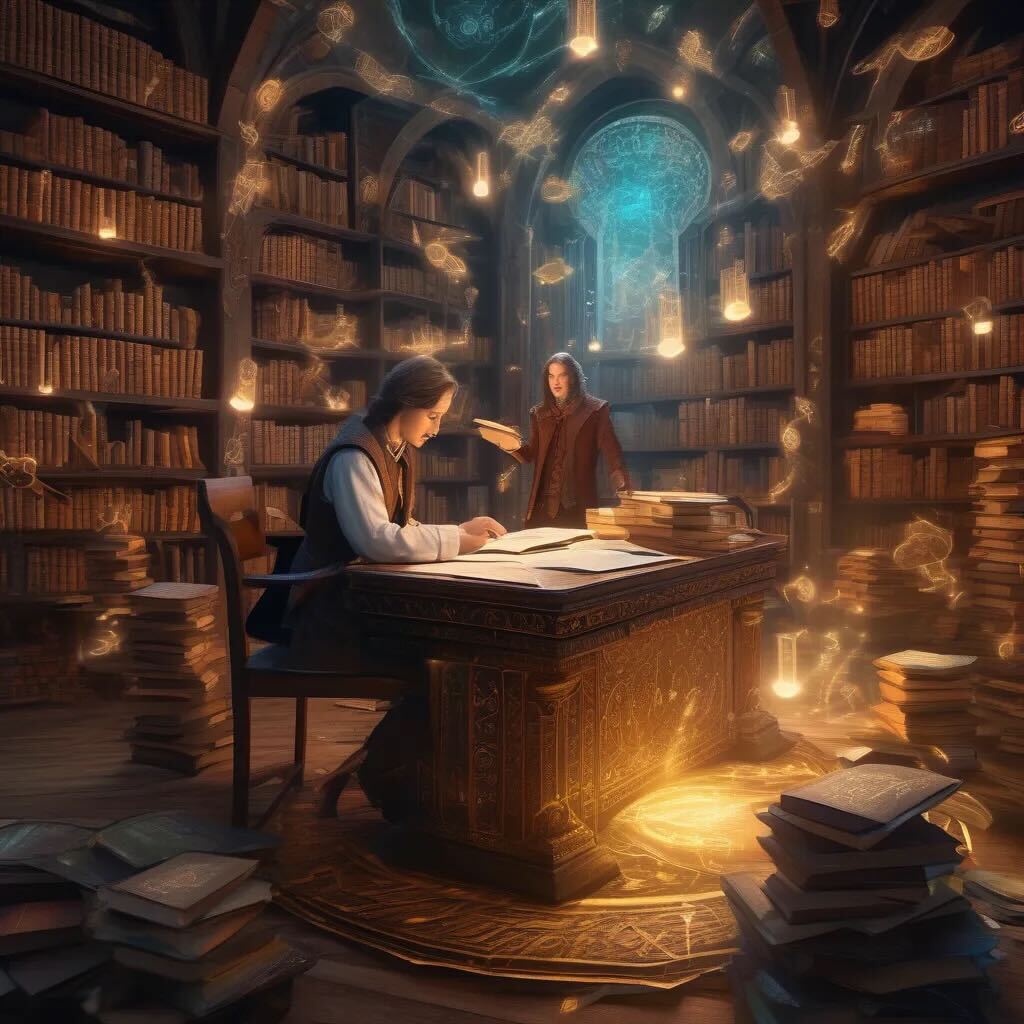
Many writers worry AI might dilute their unique voice or create cookie-cutter stories. In reality, AI is just a tool—like a spellchecker or a brainstorming partner—capable of generating ideas, highlighting inconsistencies, and offering new angles to explore.
- A Brainstorming Partner: AI can produce multiple plot twists or setting ideas, giving you fresh material to shape according to your vision.
- Consistency Checker: With complex fantasy worlds, details can slip through the cracks. AI can serve as a “digital lore-keeper,” ensuring your magic systems, geography, and timelines remain consistent.
- Efficiency Booster: Need a name for a legendary sword or a unique creature’s habitat? An AI can offer dozens of suggestions in seconds.
Ultimately, you remain the guiding force. AI won’t replace your imagination—it augments it by unveiling possibilities you might not have considered.
1. Defining Your Core Concept
A solid world begins with a well-defined core premise. If you want to master worldbuilding, ask yourself:
- What tone and genre am I aiming for (high fantasy, sci-fi, dark dystopia, etc.)?
- What major conflicts define life here? (A forbidden technology, a dying magic system, political upheaval)
- How vast should this world be—one kingdom, an entire planet, or multiple realms?
How AI Helps
Prompt AI tools with broad strokes:
“I want a desert kingdom ruled by warlocks who drain magic from nearby oases.”
The AI might suggest societal structures, local myths, or natural hazards, giving you a foundation to refine. Rather than inventing every detail from scratch, you can build upon AI-generated ideas that spark your creativity.

2. Developing the Setting
The setting—geography, climate, and cultures—shapes how people live and how conflicts arise.
Using AI to Flesh Out Environments
- Geographical Layout: AI can propose mountain ranges, rivers, or floating islands based on your theme.
- Climate & Ecosystems: Need a magically-charged forest or a post-apocalyptic wasteland? AI can suggest daily weather patterns, seasonal variations, and how flora/fauna survive.
Example
“Describe a coastal region where volcanic vents create pockets of superheated steam, and magical crystals form around these vents.”
The AI might generate hazardous travel routes, unique crystals used in rituals, or a local cult worshipping volcanic deities.


3. Creating Magic or Technology Systems
Magic systems or futuristic tech should have clear rules and limitations to feel believable.
How AI Contributes
- Rule Definition: AI can offer ways to limit power (e.g., spells causing physical drain, energy sources needing rare ingredients).
- Consequences: Prompt AI with questions like,
“How does teleportation reshape warfare or trade routes?”
You’ll get insights on economic booms, political tension, or military strategies.

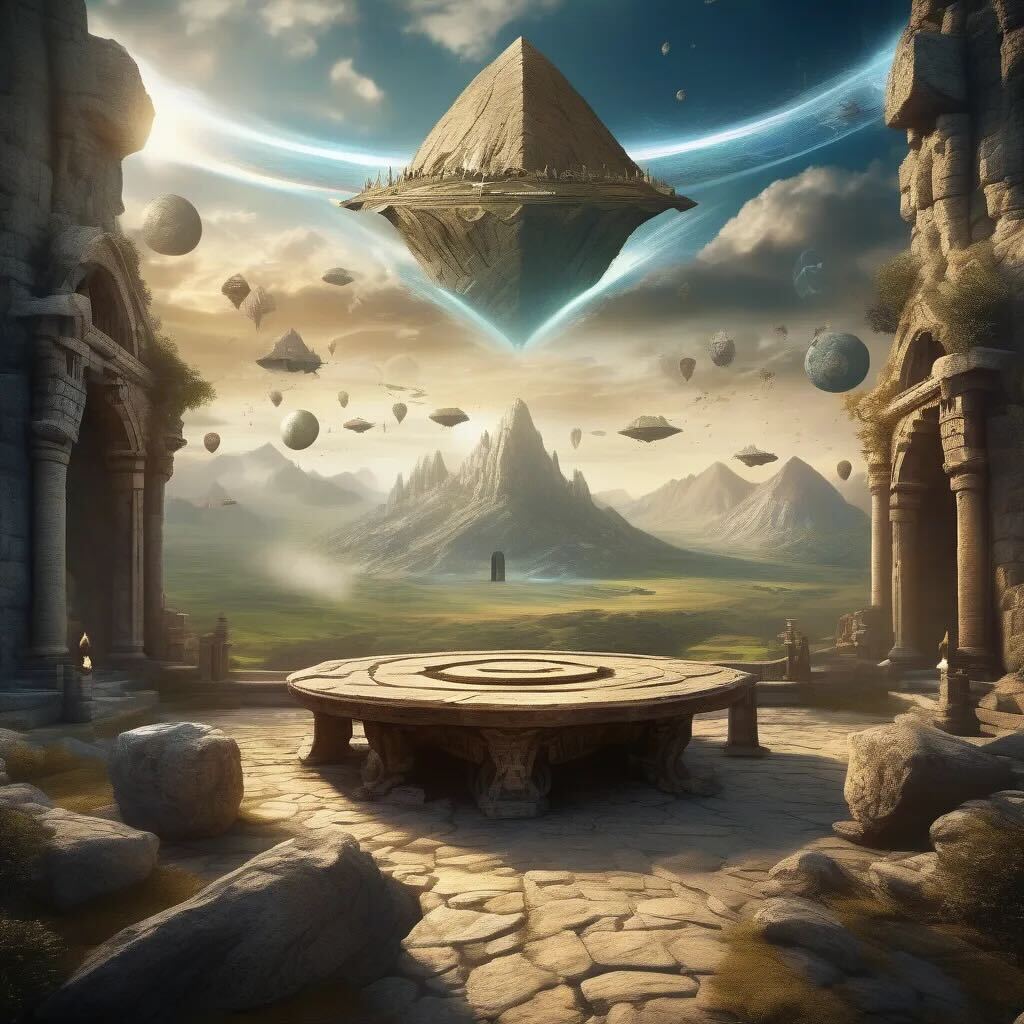
4. Building Societies, Factions, and History
Richly realized cultures and factions add layers to a story world.
AI-Assisted World Lore
- Faction Rivalries: AI can outline guilds, religious orders, or rebel movements that clash.
- Timelines & Major Events: AI can propose significant turning points (wars, natural disasters, magical awakenings) that shape current politics.
Example
“Generate a history for an empire that collapsed due to misuse of nature-based magic.”
You could get an event timeline detailing how the magic corrupted farmland, how peasants revolted, and the empire’s final downfall.
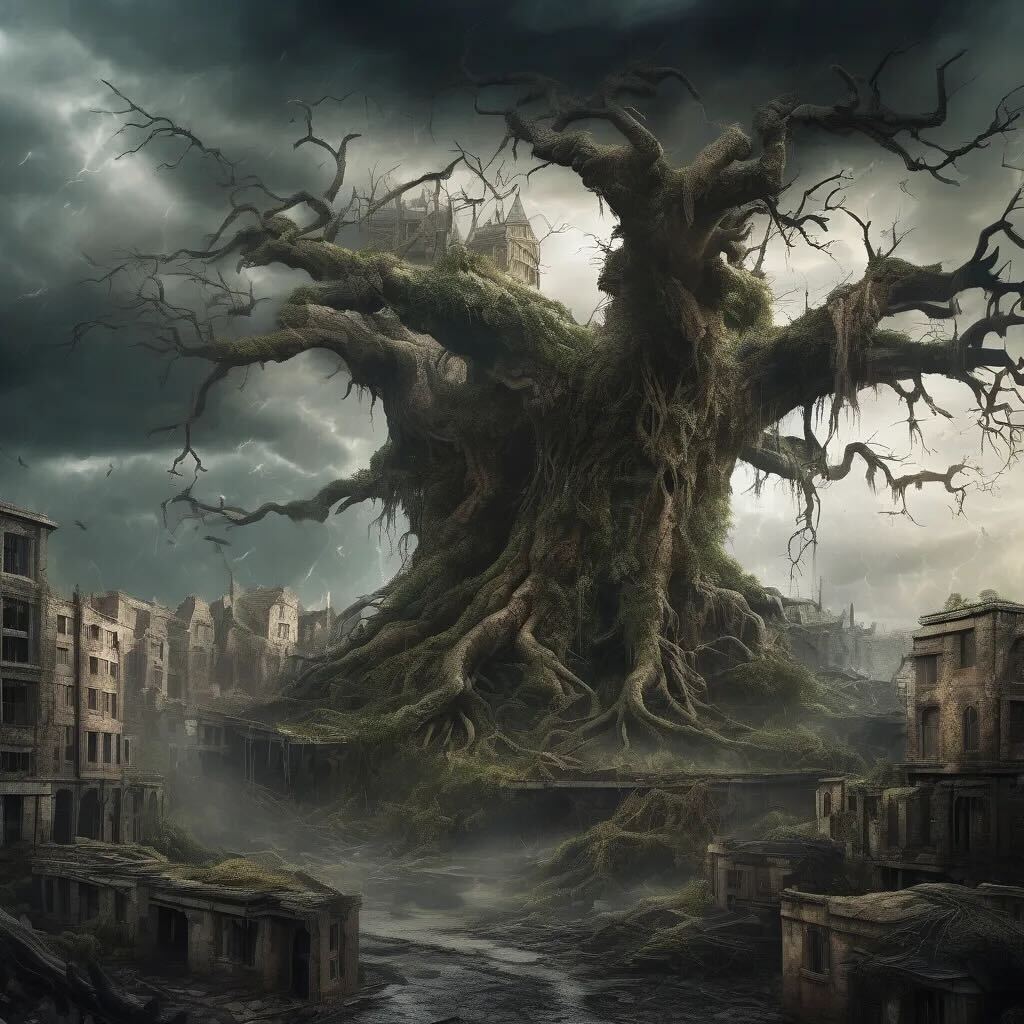
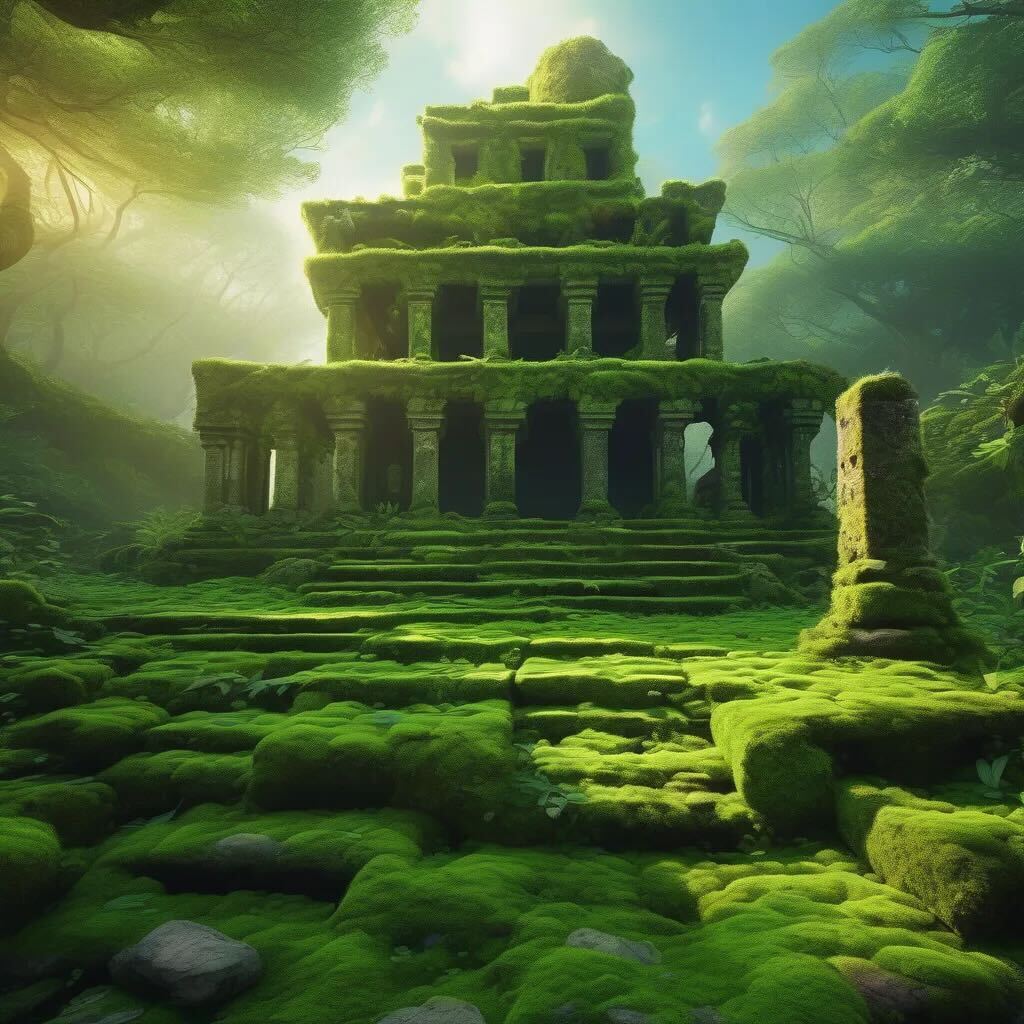
5. Designing Characters and Their Stories
Characters bring a world to life. AI can help unlock deeper motivations and personalities.
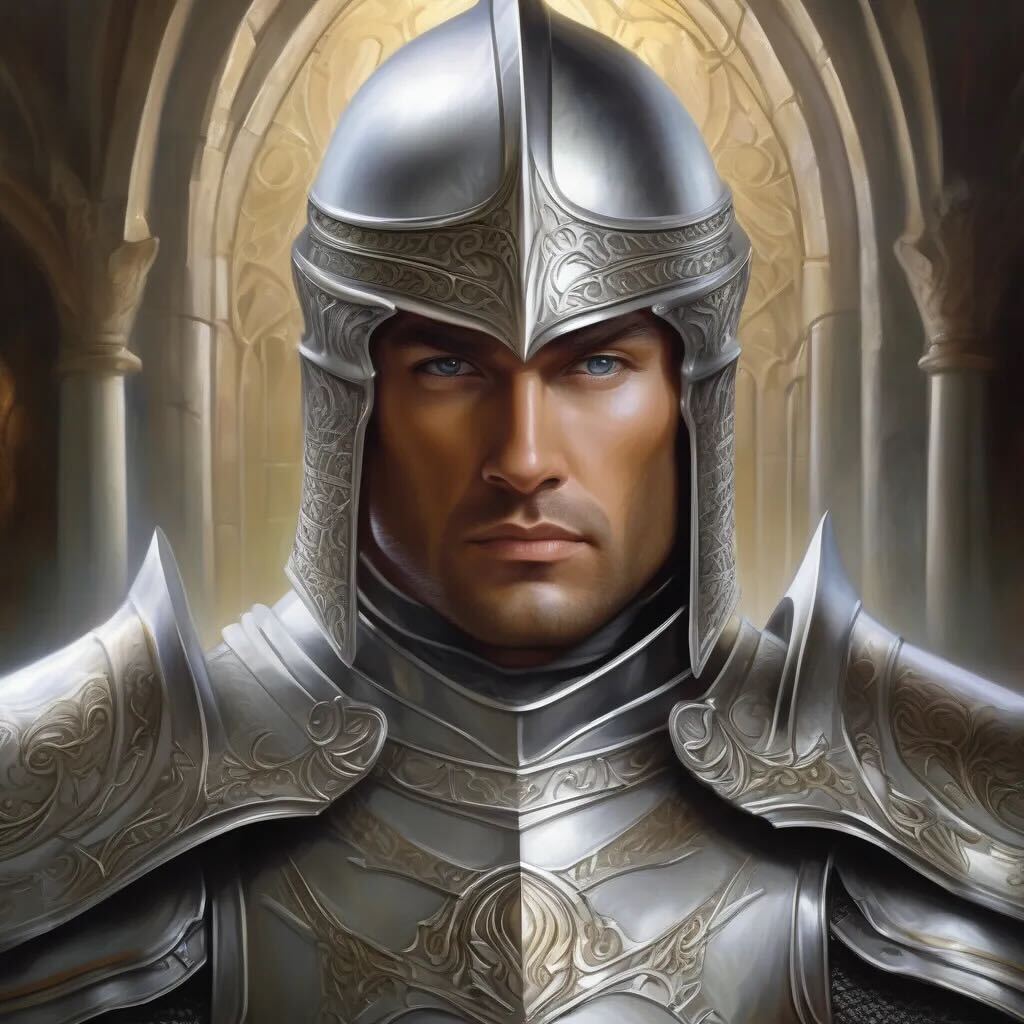
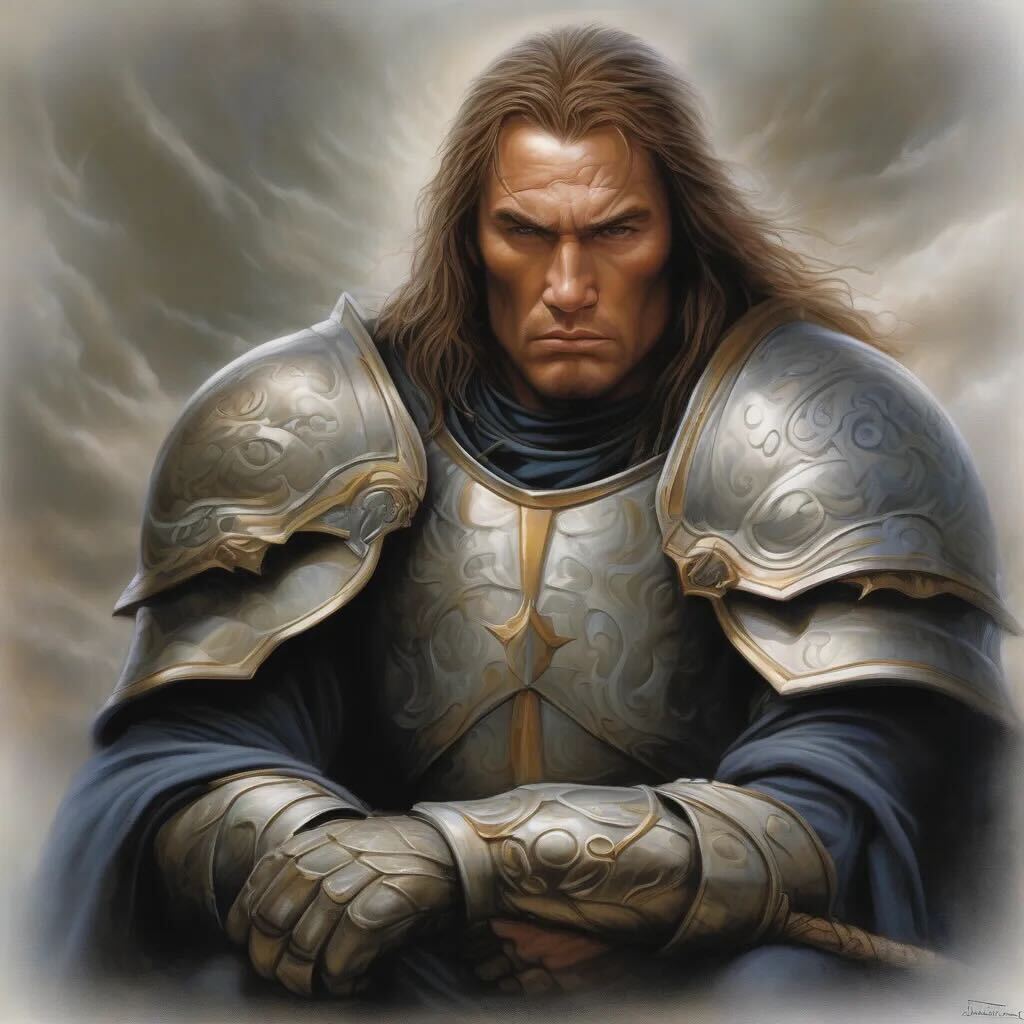
Unlocking Character Depth with AI
- Generate Backstories: Input known traits, and the AI suggests a short scene revealing new facets of that character.
- Explore Unexpected Scenarios: If you’re stuck, ask the AI:
“Place my paladin protagonist in a stealth mission that challenges their moral code.” - Simulate Dialogue: AI can produce hypothetical conversations, helping you discover how a character reacts under pressure.
Tip: An AI’s suggestion might reveal hidden strengths or flaws, like a hero’s latent leadership or adaptive instincts—insights that deepen your narrative.
6. Visual Design with Summon Worlds

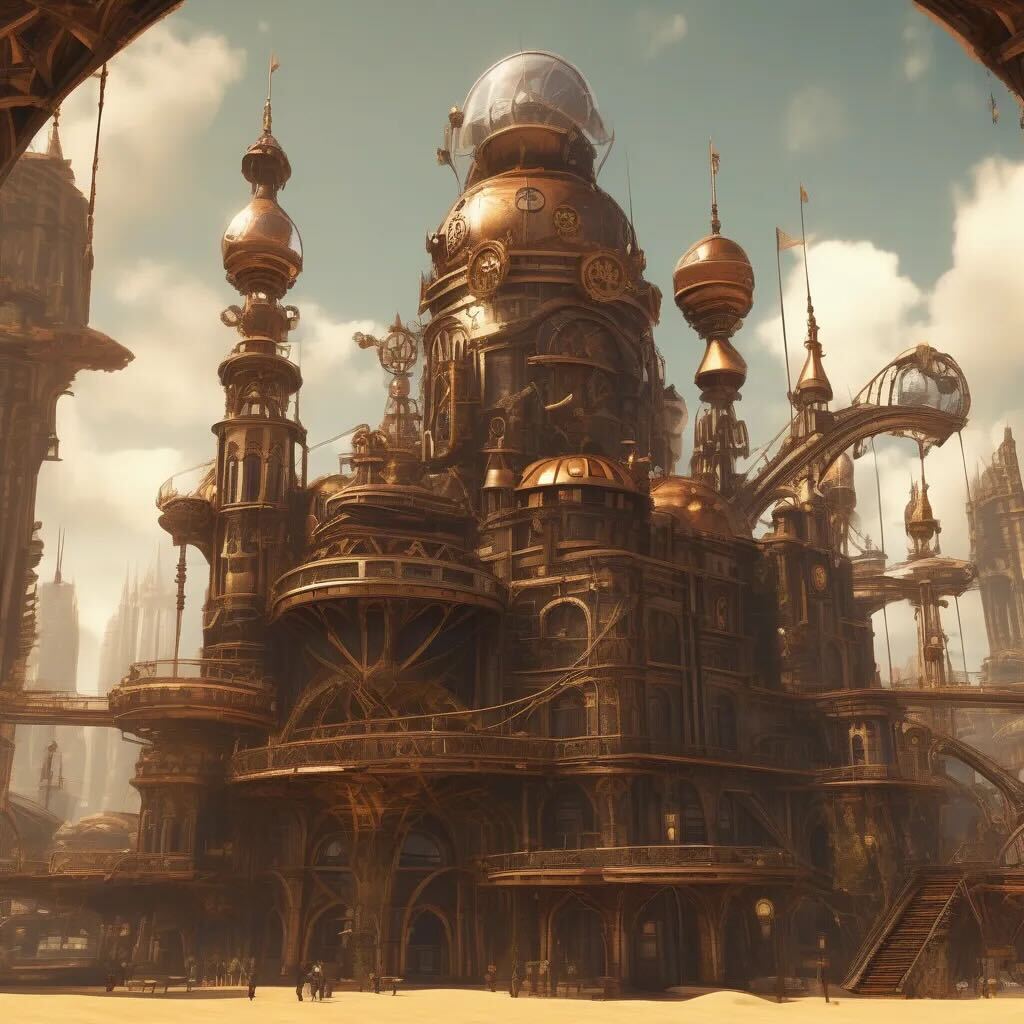
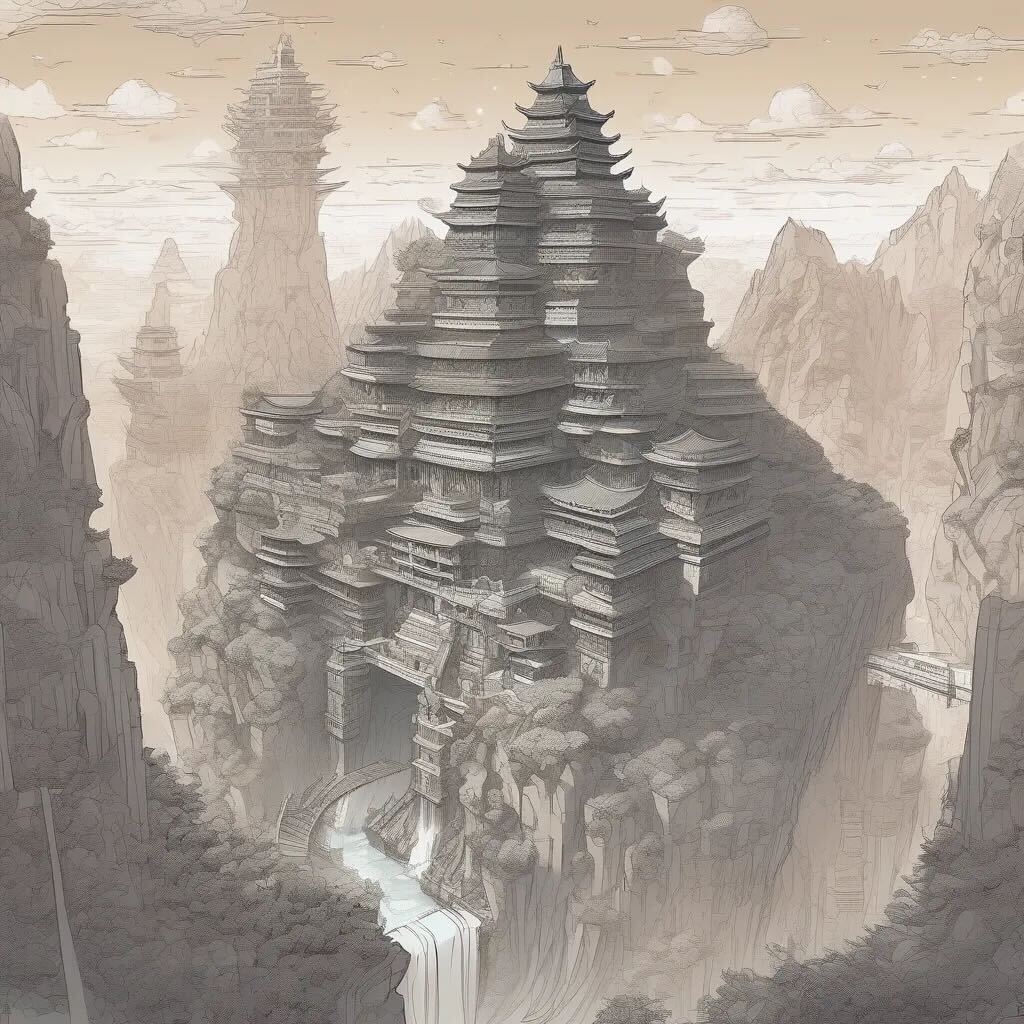
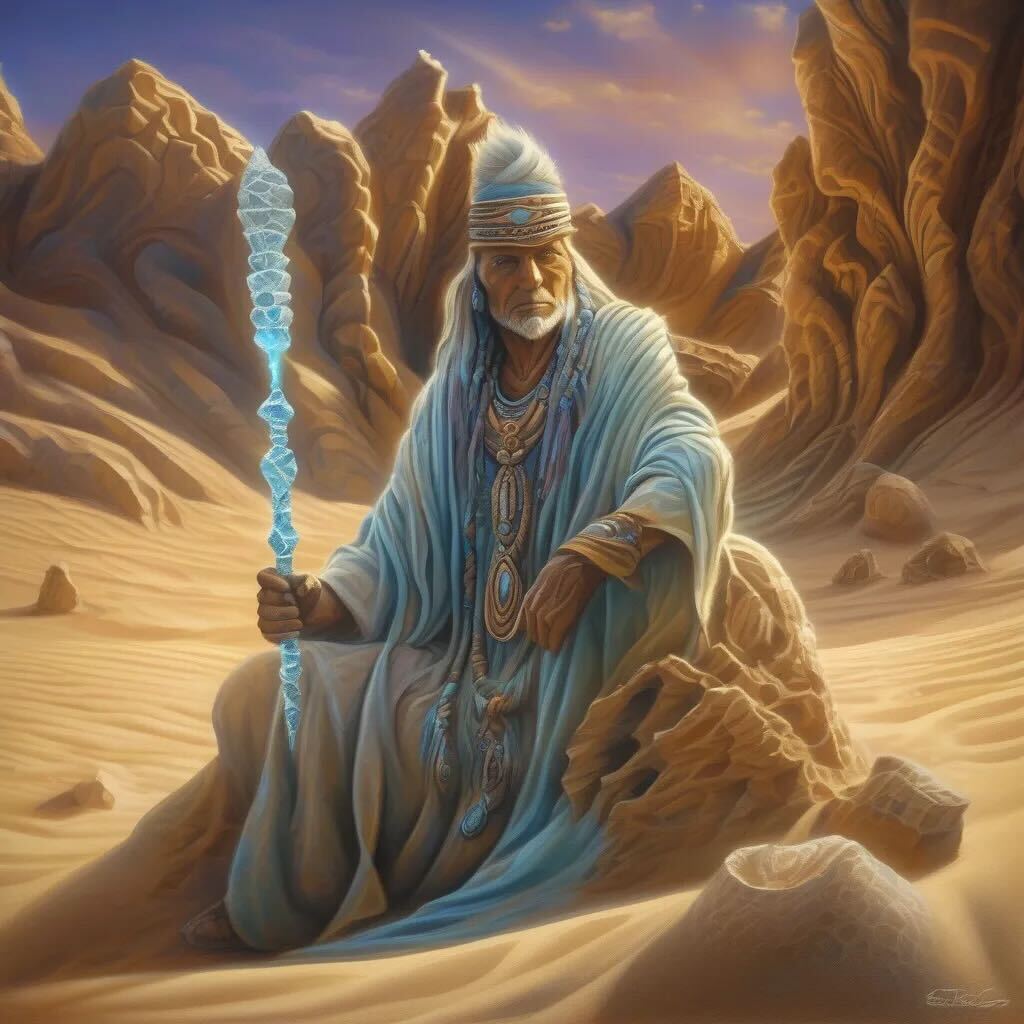
While most AI tools can handle text-based worldbuilding, some also generate visuals. For instance, Summon Worlds offers a feature that renders locations, characters, and items based on text descriptions. This can help writers and tabletop RPG creators visualize:
- Locations & Landmarks: Upload your desert kingdom prompt, and get concept art of jagged canyons, magical oases, or towering palace spires.
- Characters: Summon Worlds can craft unique character portraits reflecting race, attire, or magical influences.
- Weapons & Artifacts: Need to see the design of a cursed sword or an arcane staff? AI imagery provides instant reference points for your scenes.
Note: Combining visual references with your text-based planning ensures a cohesive look and feel across your entire world.
7. Overcoming Writer’s Block with AI
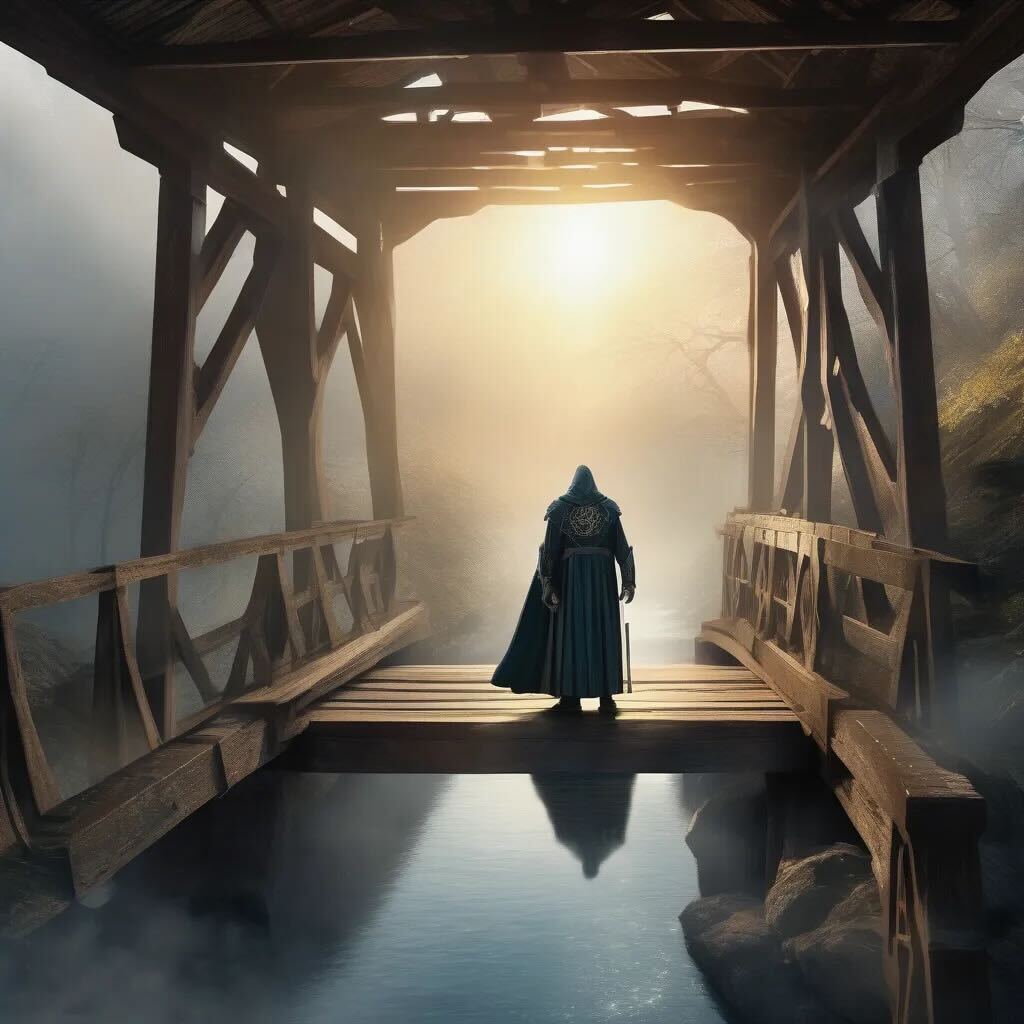

Every writer hits a creative wall at some point. AI can help you bypass those mental roadblocks by:
- Plot Generators: Provide the AI with current story details, and it will suggest plot twists, side quests, or new character arcs.
- Connecting Subplots: If you have multiple story threads, AI can propose ways to intertwine them naturally.
- Targeted Prompts: Instead of asking, “What happens next?”, try prompting with specifics:
“List five potential complications when my hero trusts a known trickster god.”
By feeding the AI highly detailed prompts, you’ll receive tailored suggestions that feel more genuine to your story.
Ethical Considerations in AI-Assisted Writing
As AI becomes more integrated into storytelling, some may question whether works remain original. The key is recognizing AI as a co-brainstormer rather than a ghostwriter. You retain full ownership of your creative decisions: your perspective, emotional depth, and unique voice are what shape the narrative.
- Attribution: If AI played a significant role, consider acknowledging its assistance, similar to crediting beta readers or editors.
- Ethical Data Use: Confirm your chosen AI tool respects intellectual property and isn’t trained on copyrighted material without permission.
- Maintaining Authenticity: Rely on AI for ideation and consistency checks, but rewrite and adapt as needed to ensure the final work reflects your artistry.
Final Thoughts: Embracing AI as a Creative Partner
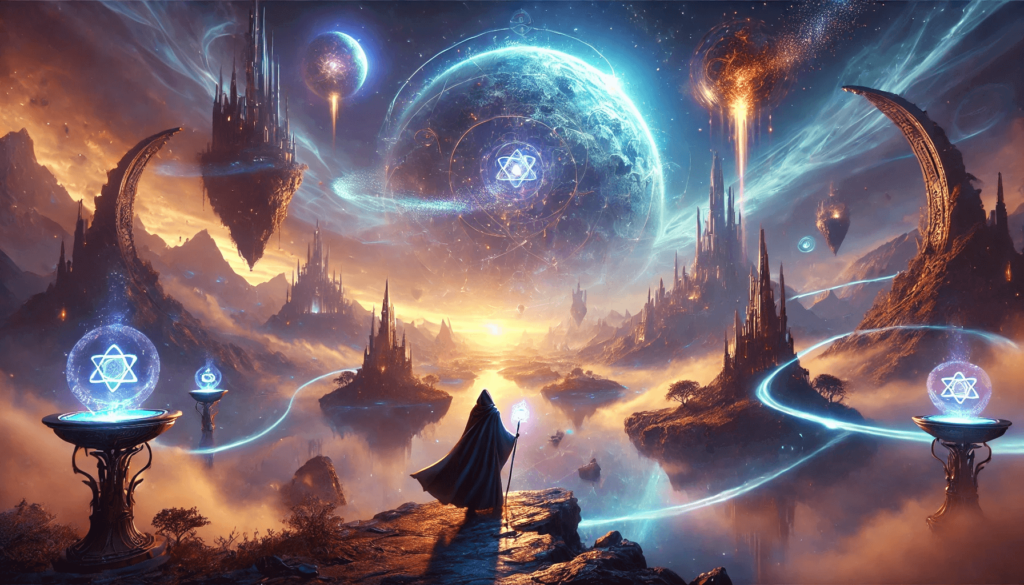
From magic systems to character arcs and visual world design, AI provides an incredible boost to the creative process, not a threat to originality. Tools that offer comprehensive worldbuilding features can serve as an ever-present brainstorming partner, while specialized apps—like Summon Worlds for visual design—let you see your worlds and characters.
Ultimately, you are the architect of your fictional universe. AI is simply a magical cartographer, plotting the terrain and pointing out hidden treasures, while you decide where the roads lead and how the story unfolds.
What’s your experience with AI-assisted writing? Share your insights or questions in the comments below!
Ready to bring your fictional universe to life?
Start worldbuilding with Summon Worlds and turn your ideas into immersive landscapes, legendary artifacts, and unforgettable characters—crafted with AI.



